Fashion in stories by Ai Yazawa
Let's explore why the internet loves the fashion in Nana, Paradise Kiss and Neighborhood Story!
The most beloved mangaka (manga artist) amongst fashion lovers on TikTok is Ai Yazawa, the person behind ‘NANA’, ‘Paradise Kiss’ and ‘Neighbourhood Stories’ three manga stories with incredibly stylish characters. As anime and manga, and by extension fashion shown in these media, become more popular here in the West, what makes Ai Yazawa’s characters inspiration for fashion girlies (and everyone else) online?
Ai Yazawa, born March 7th 1967, is a Japanese manga writer & fashion designer who made her debut in 1985 with her story Ano Natsu, however, it was her stories “Paradise Kiss” and “NANA” which caused her rise in popularity along with Gokinjo Monogatari (Neighborhood Story).
“Neighborhood Story” follows Mikako Kōda, a young girl who attends the Yaza Art and Design Institute and dreams of her brand, Happy Berry, becoming successful. Along with this, she contemplates her seemingly platonic feelings for her childhood friend Tsutomu Yamaguchi as he now dates the pretty and popular girl, Mariko. In comparison to other manga and anime of the 1990s (the manga running from February 1995 to October 1999 and the anime from September 10, 1995 – September 1, 1996), Yazawa’s characters were given unique and distinguishable styles and changing outfits within chapters and episodes. Yazawa’s decision was not simply aesthetic, it reflected each character’s personality and goals while creating a realistic yet engaging narrative for both readers and viewers alike. This aspect of Yazawa’s work would continue to be seen in her later stories and their anime adaptations, “Paradise Kiss” and “NANA”.
Mikako Kōda epitomises the hyper-feminine style with the character wearing mini skirts, high heels, long dresses and pink throughout the story. While her style can be categorised as such in the story Mikako’s style does have an experimental edge which reflects her experimenting with building a fashion brand that aligns with her most authentic self. Yazawa also uses Mikako’s experimental style to visually communicate to the reader why Mikako acts in certain ways - she is still discovering herself like most characters and people in real life.
Similarly to Mikako, Tsutomu Yamaguchi (the story’s love interest) also has an experimental style reflecting how he is unsure of what he desires in life, until the latter part of the series where his style becomes more cohesive. Tsutomu’s style is comparable to Cyber, a retro-futuristic trend popular in Japan during the late 90s which took inspiration from modern designs including robots. Some key elements in his style included vinyl, synthetic fur, metal accessories, baggy silhouettes and chunky platform shoes - aspects we are seeing in styles today such as “aliyahcore” and Y2K.
While Yazawa uses fashion and styling to relay a character’s inner feelings and personal development, it is also used to comment on society and their view of teenagers and young adults. This is specifically seen in the character of Mariko, the beautiful and popular girl in the story. Her style is inspired by the Shibukaji fashion (Shibuya casual) - which was popular among the upper-middle class in 90s Japan - and Karl Lagerfeld’s time at Chanel. Her style can be viewed as “sexy” playing on Mariko’s image of ‘(Nice) Body Ko’ due to her attractive body. Through this character’s clothing, Yazawa - though indirectly - highlights how society continues to over-sexualise teen girls based on what they wear.
Through “Neighborhood Story”, not only does Yazawa use fashion to visually communicate the characters’ quirks she also reflects on her days at fashion school sharing the intensity of the creative industry and how it can shape and change not only a character but a person too.
In 2000, ‘Paradise Kiss’ was published. The story is a spin-off of Neighborhood Story set 20 years in the future: we follow Yukari, a serious high school student, who is thrust into the fashion world when she becomes a model for fashion students at the Yaza Art Institute and their brand Paradise Kiss leading her to re-evaluate her plans for the future. Like “Neighborhood Story” Yazawa’s characters in “Paradise Kiss” have styles inspired by styles she saw out and about in 90s Japan. However, unlike “Neighborhood Story”, the protagonist, Yukari, has no background or interest in fashion before the story begins which provides an exciting visual story as we see her style develop as she falls deeper into the world of Paradise Kiss discovering her desires for life.
The cast in “Paradise Kiss” displays a range of aesthetics, some more known than others, from punk to dandy. Miwako (the sister of Mikako from “Neighborhood Story”) has an innocent and naive personality which is emphasised through her lolita and bubblegum dream style which starkly contrasts her boyfriend Arashi’s style inspired by elements of visual kei and punk. Like her sister, Miwako wears a lot of pink (in line with her style influences) to match her pink hair and highlight her bubbly personality. In the anime, Miwako also wears dark green which indicates the mature side of her character as dark green personalities and colours are viewed as analytical and logical.
George, one of Yukari’s love interests and the head of the Paradise Kiss brand sports a style not often seen today that being 18th-century dandy (which has been dubbed as “Victorian cowboy” online). Dandy was a popular style in the 1700s typically associated with a person who dressed well and took pride in how they looked. People, often men, described as a dandy were seen as having a hedonistic lifestyle: Charles Baudelaire in ‘The Painter in Modern Life’ described dandyism as ‘a form of romanticism. Contrary to what many thoughtless people believe dandyism is not even an excessive delight in clothes and material elegance. For the perfect dandy, these [material] things are no more than the symbol of the aristocratic superiority of mind’.
Dandys usually came from the middle class but had enough money allowing them to live like aristocrats without having the extensive financial backing that the higher class did. This mirrors George’s background in “Paradise Kiss”. Born the son of a mistress and wealthy man, George leads a wealthy life however he is not legally entitled to this life and is supported by his father and is at risk of losing his glamorous life if his father was to pass. With this parallel, we can see why George was styled in this way and perhaps Yazawa wanted to showcase how George, similarly to the dandys of the 18th century, wanted to enjoy this luxurious life while he could. Some key elements from the dandy style in George’s include cravats and poet blouses. Yazawa also includes details from British Glam Rock icons and western cowboys: throughout “Paradise Kiss” we can see the western (cowboy) influence on George’s wardrobe. He frequently wears jeans, printed mesh shirts and of course, cowboy hats. Whenever he does wear these printed shirts they typically have a blue rose design which is a motif throughout the series (and was the inspiration behind Paradise Kiss’ piece for the school’s fashion show). A blue rose is naturally impossible and reflects the aspiration of George to create the impossible and explains his focus on haute couture.
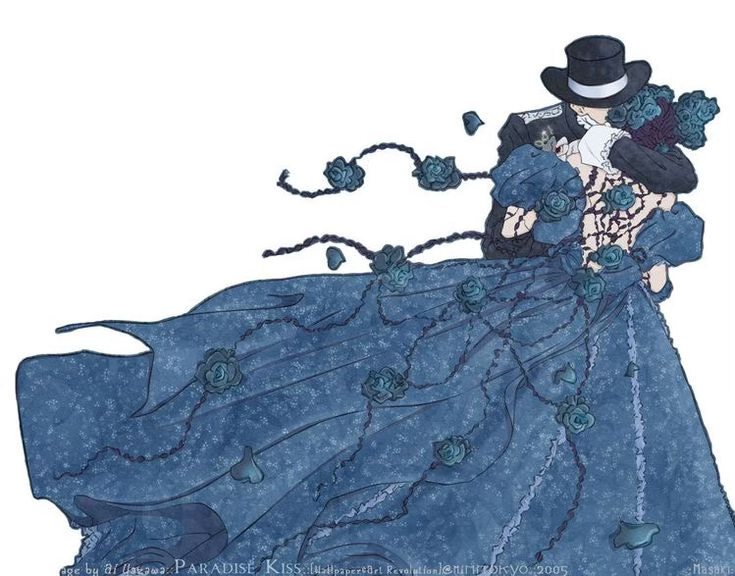
Like George, Isabella wears a style inspired by Victorian fashion and can be better described as a typical aristocratic style of the late 90s (which attributes elements of the Lolita and Victorian style) and aspects of British Glam Rock such as feathers and patterned blazers. References to British fashion continue to be a theme in Yazawa’s work - especially ‘NANA’. The similarities in George and Isabella’s styles subtly communicate to the audience how close the two characters are and highlights how George supports Isabella’s gender identity though it is not verbally mentioned in the present timeline (only flashbacks of him gifting Isabella her first dress). Communicating relationship status through clothing is also seen in Miwako and Arashi’s relationship. Arashi through “Paradise Kiss” wears black and visually dominates in scenes with Miwako who often wears baby pinks symbolising Arashi’s control over her in the relationship. This imbalance of control is more explicitly seen in this official artwork where Miwako wears a collar connected to Arashi’s lip piercing.
In this spin-off, Yazawa expands her fashion world exploring varying aesthetics which users online have delved into mixing and matching characters’ styles to create their unique wardrobe. “Paradise Kiss” highlights how relationships and those around us impact one’s dress and this theme becomes a key characteristic in one of the protagonists of Yazawa’s next fashion universe… ‘NANA’!
Undoubtedly, Ai Yazawa’s most popular piece of work is ‘NANA’. First published in 1999, it appeared in Cookie Magazine and was later serialised in the 2000s. Yazawa’s story increased the standards and became a cornerstone for the Shoujo and Josei media industry. The story of ‘NANA’ follows Nana Osaki and Nana Komatsu (nicknamed Hachi) who meet each other as they move to the big city of Tokyo and the adventures and troubles they encounter living there. Though the two protagonists share the same name Yazawa highlights from the moment they meet each other that the two girls come from opposite backgrounds through their clothing - which we have seen in her previous works.
Nana Osaki desires to become a rock star making it “big” in Tokyo though she struggles to find her identity as an artist Nana has a clear vision of her end goal - these traits are mirrored in her style. Nana Osaki has an undeniable punk influence in her style. Punk has been seen in Yazawa’s previous work, but what is punk? Emerging from the UK in the 70s, punk is a subculture that was a response from empowered youth who were living in a period of disillusionment with strikes, protests and mass unemployment; the punk style was later seen in Japan in the 80s and was a mix of British and American punk. Some key elements in the punk style include - torn clothing, dark colours, accent colours (red, green, blue), piercings, safety pins, chains and collars which are seen in Nana’s style. Her outfits are usually red and black but she is seen wearing purples, greys and blues as well as patterns (specifically her leopard print fur coat). Other key components of Nana’s outfits are short skirts and dresses, silver jewellery and garters. Compared to Hachi, Nana’s outfits are bold and stand out, which contrasts her upbringing where her grandmother forbade her to wear pink or red out of fear Nana would receive male attention, her choice of clothing is Nana’s act of defiance against her grandmother and taking back control of how she presents herself despite the attention she may receive. After being isolated and restricted by her grandmother and rejected by the institution (her expulsion from school on false grounds) it is no surprise Yazawa dressed Nana in punk-style clothing to emphasise her rebellion and desire to choose for herself.
Hachi, unlike Nana, has an indecisive and naive nature being unsure of what she desires for her future and Yazawa represents Hachi’s lack of self through her style lacking distinction - compared to the rest of the cast. Hachi’s style is influenced by those around her and her romantic relationships: during high school, Yazawa has Hachi in a toned-down version of kogal (kogyaru - a popular style of gyaru in the late 90s) seen through her slouchy socks/leg warmers, short skirt, phone charms and oversized cardigans matching with her friend Jun.
When Hachi starts art school with Jun her style becomes a reflection of Jun’s wearing floral prints, jeans, platform shoes and bandanas (which later become a staple in her closet). Once she moves to Tokyo and finally finds a job in a vintage shop she begins to wear pieces inspired by the 50s to imitate the environment she is in. Hachi’s style once again changes when she starts an office job and begins to wear typical office-style outfits including skirt suits and dress shoes. While Hachi’s fashion is difficult to categorise into one subculture/ style she leans toward more feminine silhouettes and colour palettes. One key brand Hachi slowly incorporates in her closet is Vivienne Westwood, a brand with punk roots, and a brand Nana frequently wears in the story. Yazawa’s depiction of Hachi slowly wearing Westwood pieces again shows how Hachi’s character and style are influenced by those around her.
Speaking of Vivienne Westwood, her brand has become synonymous with ‘NANA’ and it’s no surprise! Yazawa has continually taken inspiration from British fashion and infused it into her characters and Vivienne Westwood is no exception. Throughout ‘NANA’, the audience sees various Westwood and Westwood-inspired pieces on the characters especially those in Black Stones (Nana’s rock band) wearing items such as the “Armour Ring”, corsets, lighters and the “Rocking Horse shoe”. This ode to Westwood’s punk background and work with musical talents most notably the Sex Pistols connects audiences with the characters further as each piece isn’t randomly selected but carefully picked out to emphasise the characters’ talents and careers (e.g the rock band, Black Stones, wearing a brand that had roots in the punk aesthetic).
Three stories, all incredibly stylish but why have Ai Yazawa’s characters become fashion icons inspiring millions on social media? The answer, they are realistic. Well, their style is - in “Neighborhood Story”, “Paradise Kiss” and “NANA” Yazawa dresses her characters so thoughtfully that just looking at a collection of their outfits a person can detail their age, career and personality. For most their choice of dress is a response to their past, like Nana; a reflection of their desires, like Mikako; or an extension of their persona, like Miwako. That is why fashion in the world of Yazawa has become so popular online people can relate to it.

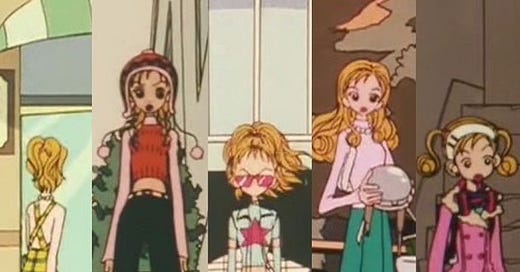



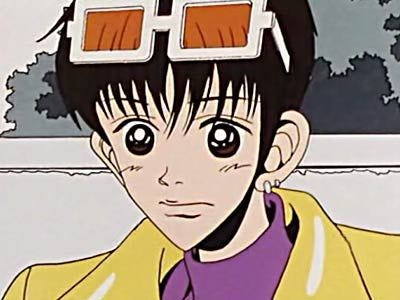
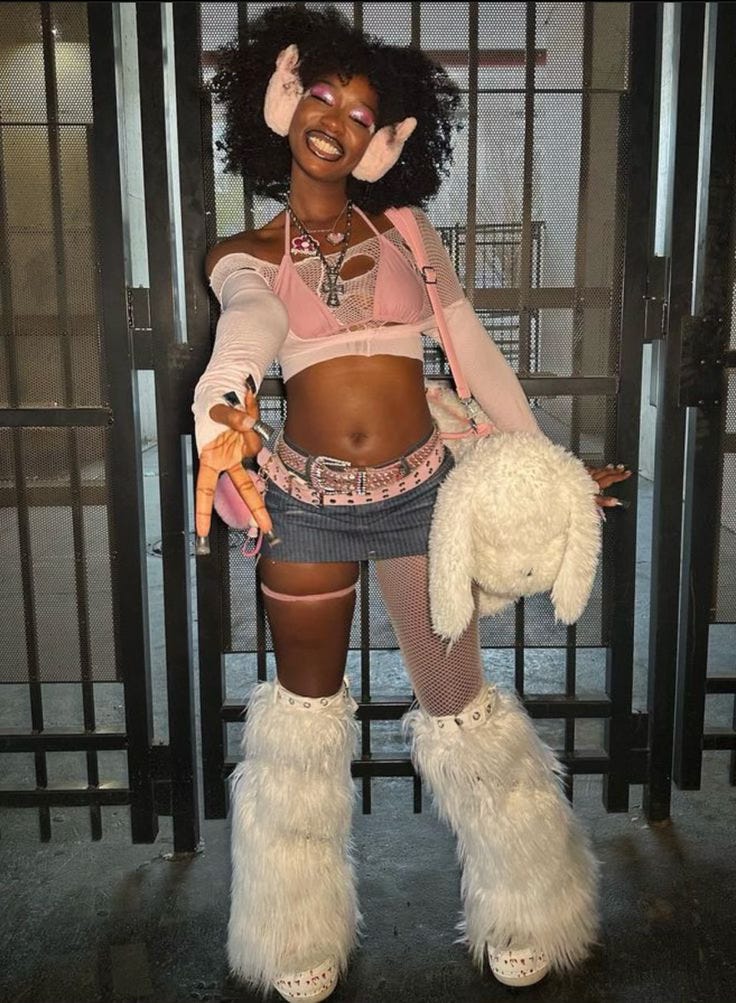
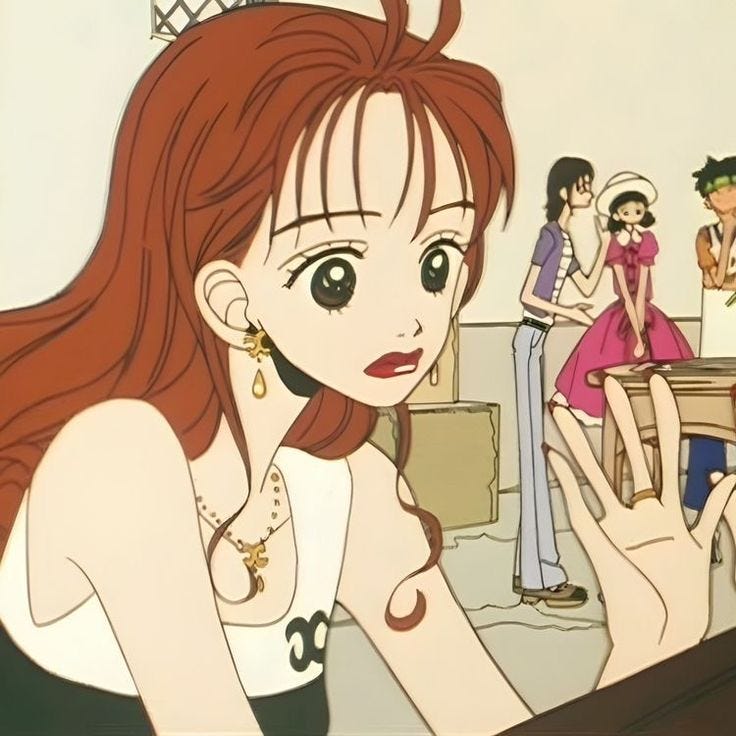
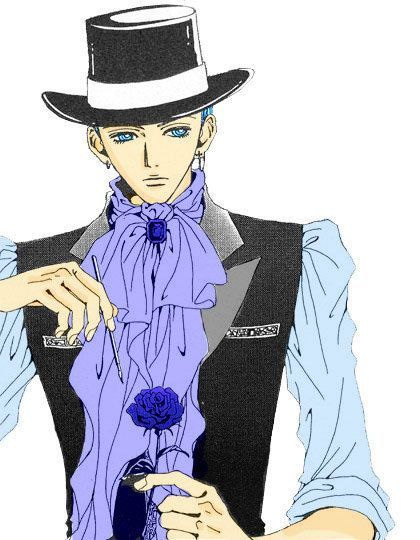
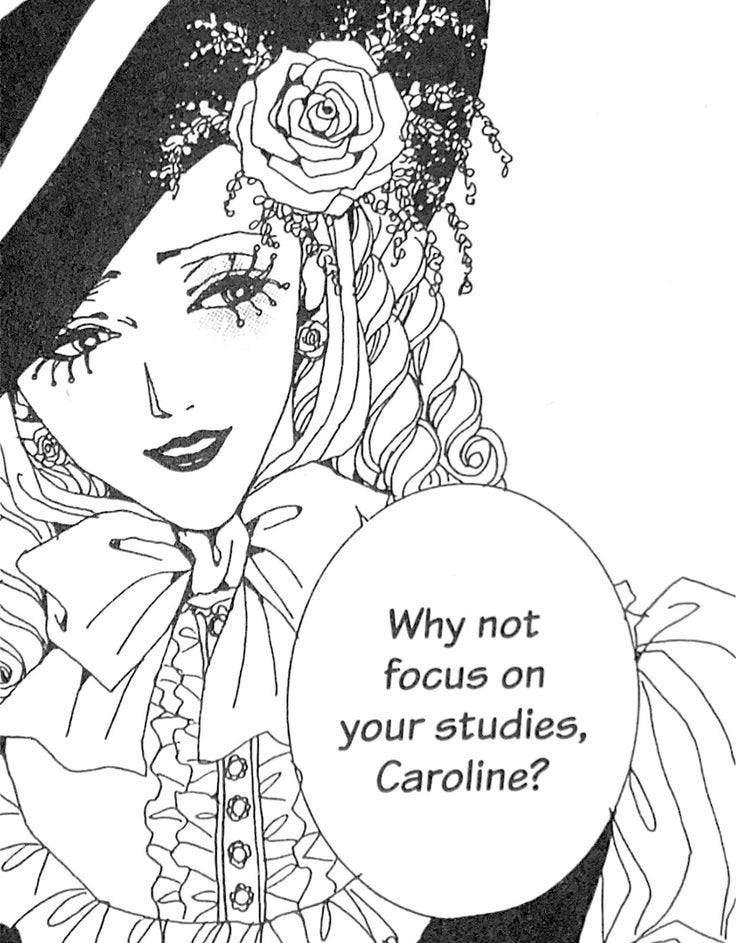
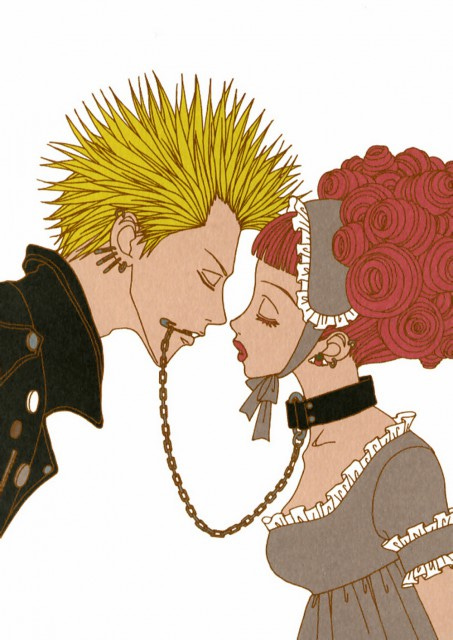
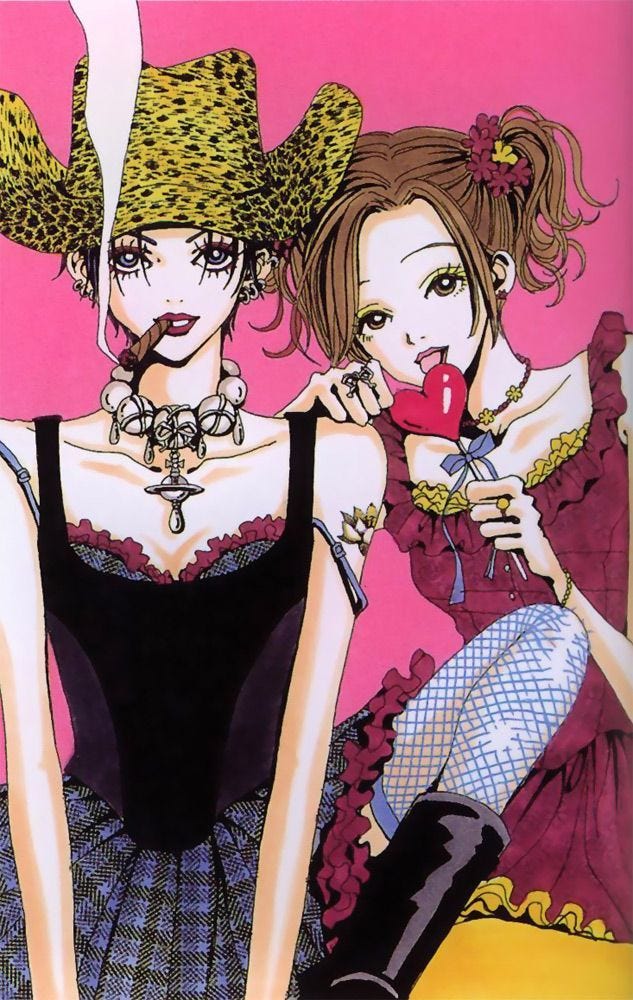
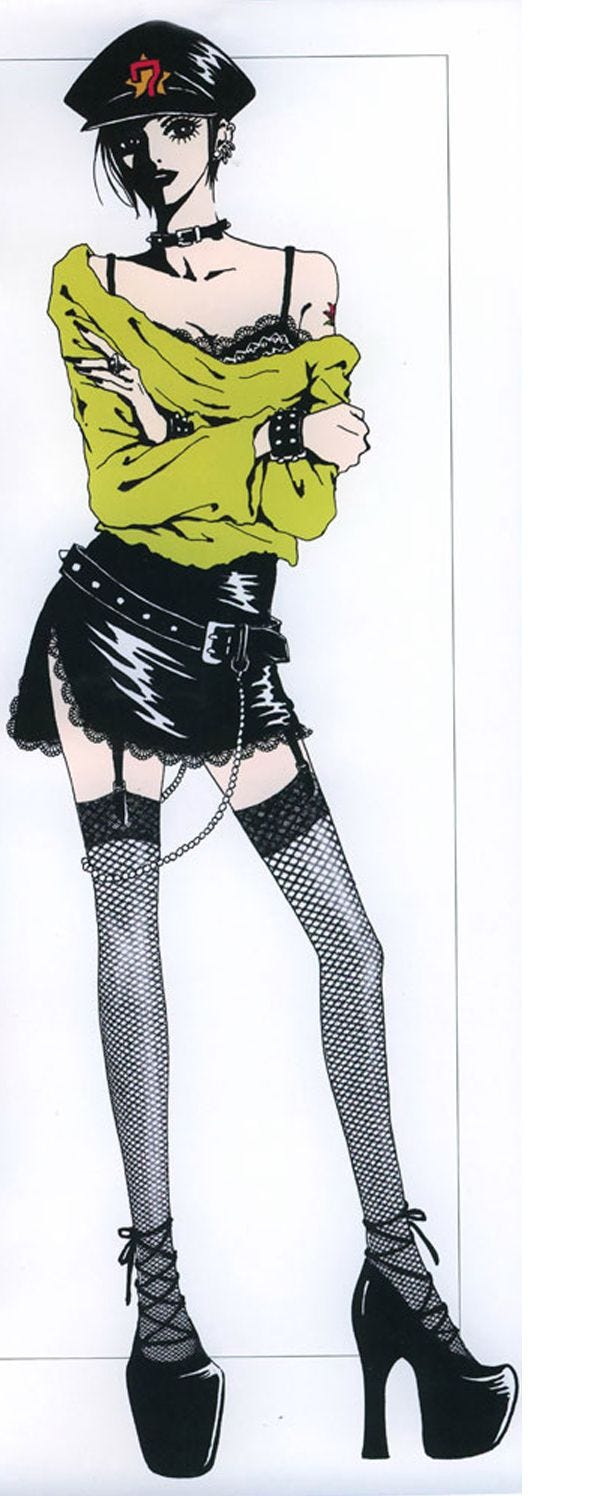
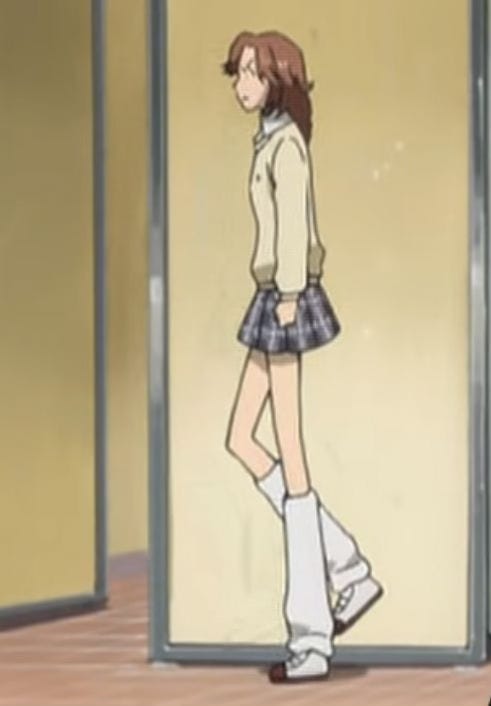
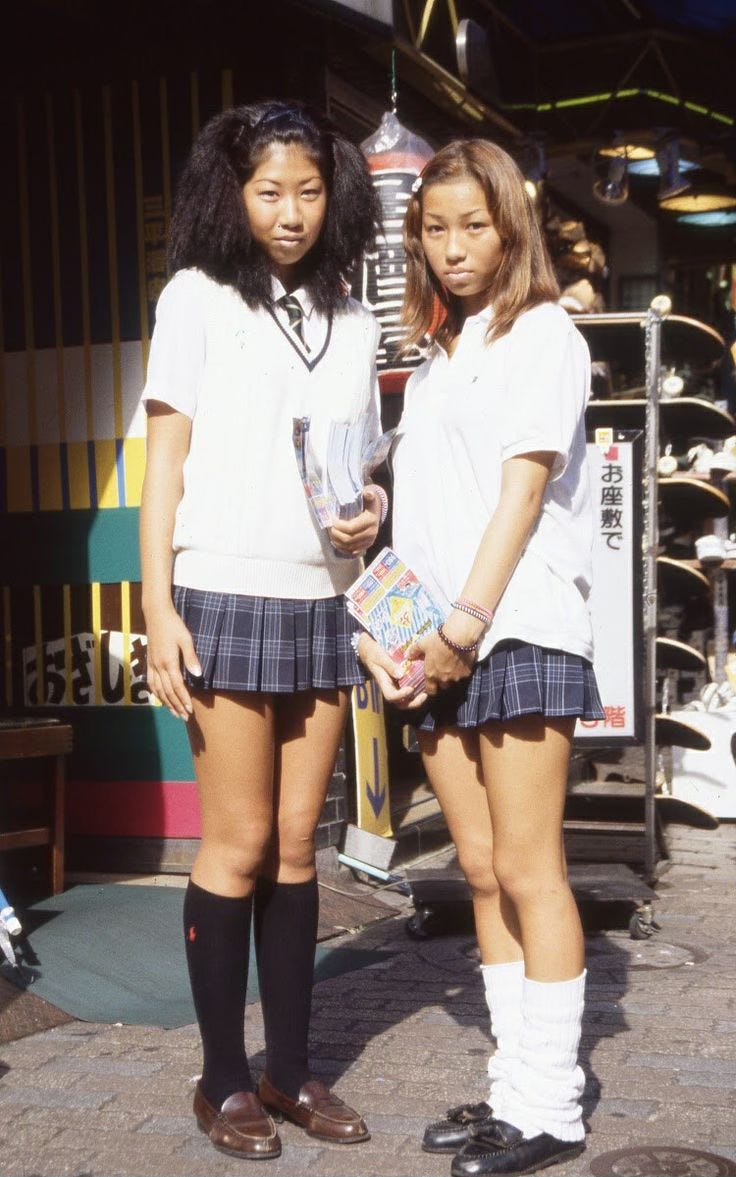
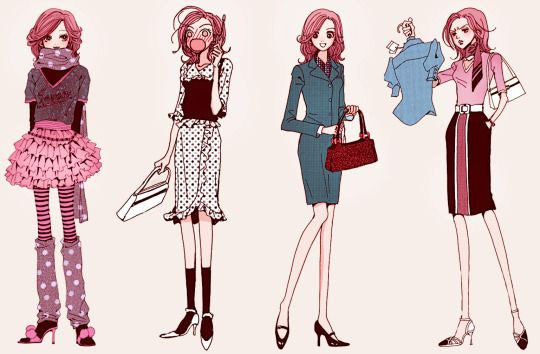
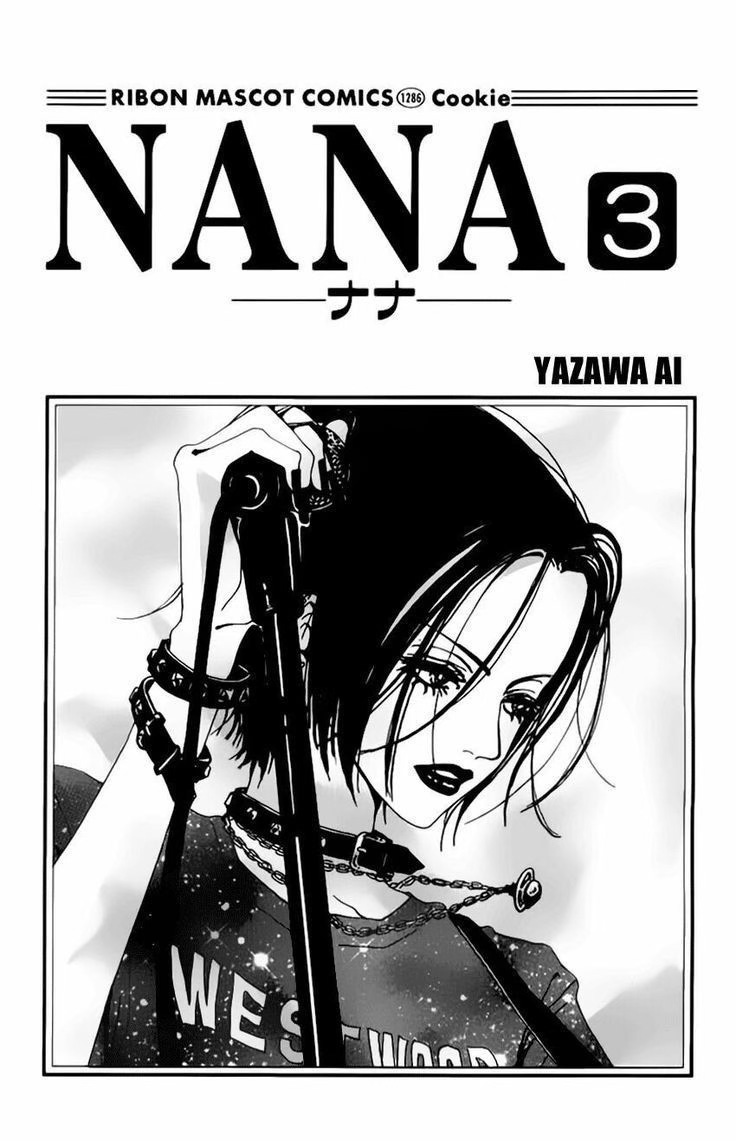
Catherine, this was lovely! It was really interesting and such an in-depth analysis of the style in these stories. Congrats on your substack debut! 🥰